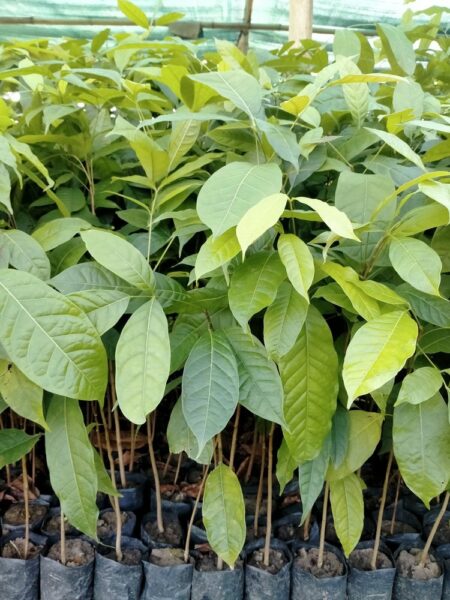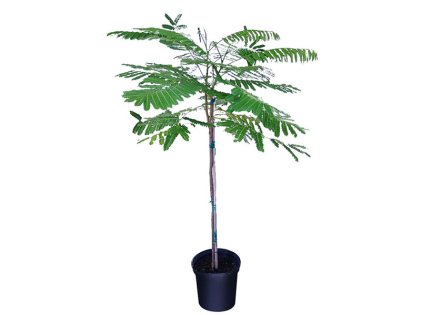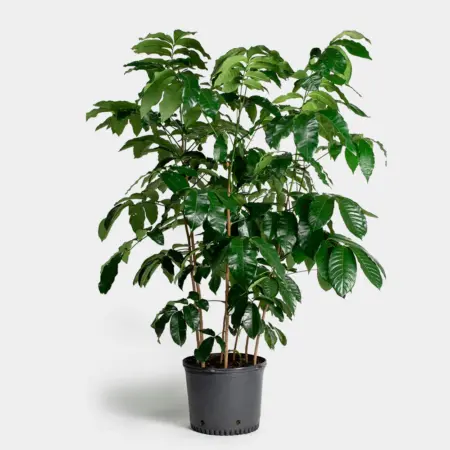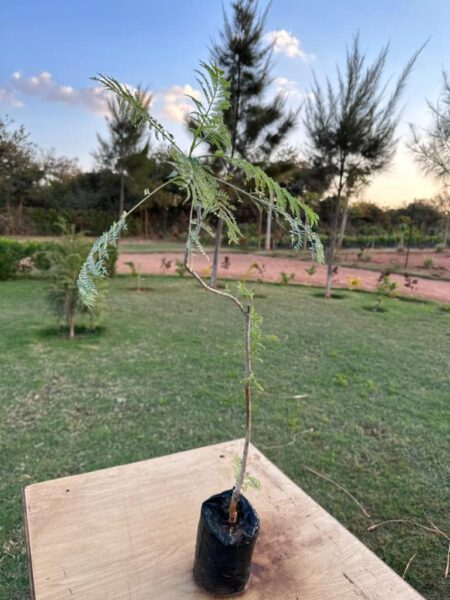Faidherbia albida, commonly known as the “winter thorn” or “apple-ring acacia,” is a deciduous tree native to sub-Saharan Africa. Here are some key features and characteristics of Faidherbia albida:
- Appearance:
- Faidherbia albida is a medium to large-sized tree with a distinctive growth habit. It has a flat, umbrella-shaped crown and a straight trunk.
- Leaves:
- The tree’s leaves are compound and bipinnate. The leaflets are small and feathery.
- Flowers:
- The tree produces small, fragrant flowers that are typically cream-colored. The flowers are inconspicuous and are arranged in globular clusters.
- Seed Pods:
- One of the distinctive features of Faidherbia albida is its large, flat seed pods. These pods can be up to 30 cm in length and are twisted in a spiral fashion.
- Deciduous Nature:
- Faidherbia albida is deciduous, shedding its leaves during the dry season. This allows more sunlight to reach the ground when the tree is not in leaf.
- Nitrogen Fixation:
- One of the notable ecological features of Faidherbia albida is its ability to fix nitrogen. It forms a symbiotic relationship with nitrogen-fixing bacteria in its root nodules, enriching the soil with nitrogen.
- Agroforestry and Agriculture:
- Faidherbia albida is often used in agroforestry systems. Its leaves fall during the rainy season, providing valuable mulch for crops, and the nitrogen-fixing ability benefits soil fertility.
- Farmers may cultivate crops under the canopy of Faidherbia albida without significant competition for light during the dry season.
- Traditional Uses:
- Various parts of the tree, including the bark and roots, have been used in traditional medicine by some African communities.
Faidherbia albida is valued for its ecological contributions to soil fertility and its potential in sustainable agriculture and agroforestry systems. Its unique characteristics make it an important species in certain African ecosystems.











